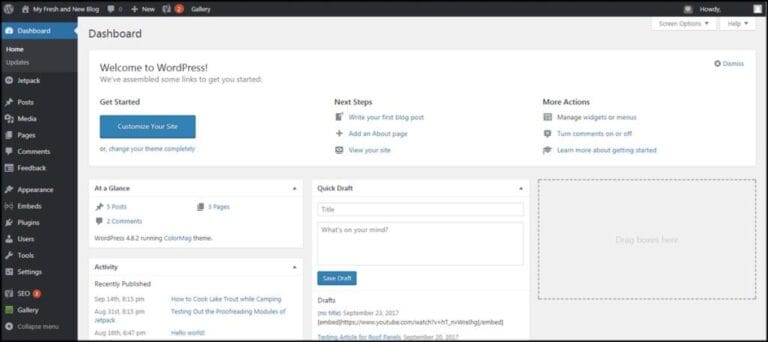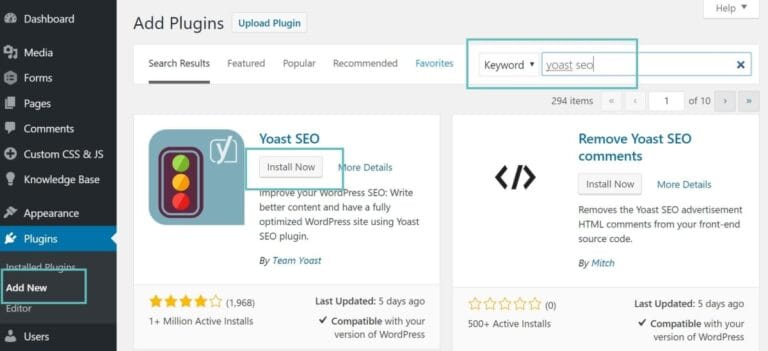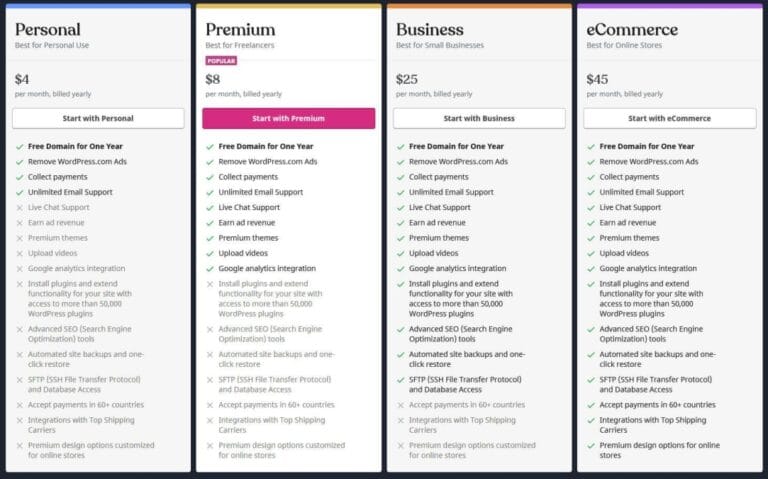In a world where the digital landscape continues to evolve at a breakneck pace,the allure of ecommerce has captured the imaginations of aspiring entrepreneurs and seasoned business owners alike. The idea of setting up shop online, reaching customers far and wide, and harnessing the power of technology to drive sales is not just a dream—it’s a tangible reality for many. However, embarking on the journey of ecommerce advancement requires more than just a captivating product or a slick website. It demands strategic thought, a clear understanding of the market, and the right tools to navigate the complexities of online selling. Whether you’re a budding entrepreneur looking to launch your first online store or an established brand eager to expand your digital footprint, this article will guide you through the essential steps to successfully start selling online. Join us as we unravel the intricacies of ecommerce development and empower you to take the leap into the world of online retail.
Table of Contents
- Understanding the Ecommerce Landscape and Choosing Your Niche
- Crafting a User-Friendly Online Store: Design and Functionality Essentials
- Optimizing Your Product Listings for Maximum Visibility and Sales
- Navigating Payment Processing and Shipping Solutions
- Marketing Your Online Business: Strategies for Growth and Engagement
- Q&A
- To Wrap It Up
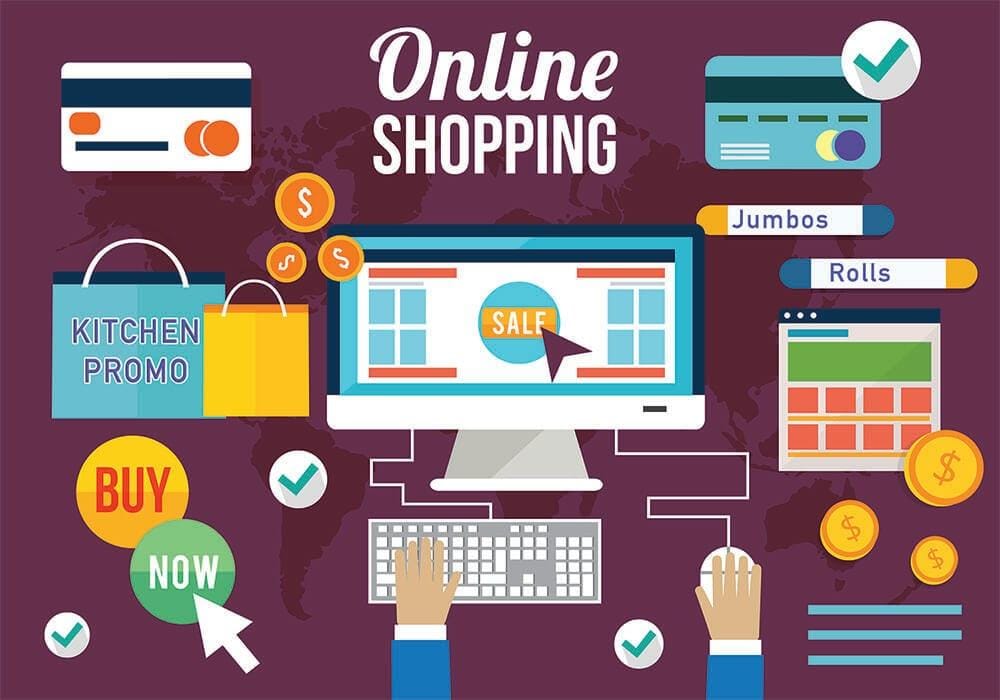
Understanding the Ecommerce Landscape and Choosing Your Niche
In the vast world of online retail,the ecommerce landscape is ever-evolving,providing myriad opportunities for entrepreneurs. Understanding market trends, customer behavior, and competitive dynamics is crucial for anyone looking to dive into this arena. Start by conducting thorough market research to identify emerging trends. Tools like Google Trends, social media analytics, and competitor analysis can illuminate gaps in the market and highlight consumer preferences.
Once you’ve gathered this critical data, it’s time to hone in on your niche. A well-defined niche not only helps you stand out but also allows for more targeted marketing strategies. Consider factors like your personal interests, target audience, and the type of products most in demand. Analyze products or services within these niches based on profitability and current market positioning. Here’s a simple approach to evaluating potential niches:
| Niche | Market Demand | Profitability |
|---|---|---|
| Pet Products | High | Moderate |
| Eco-friendly Goods | Growing | High |
| Fitness Accessories | High | High |
Ultimately, your success will rely on combining passion with viability. Aligning your interests with market needs creates an engaging business while also ensuring you remain committed and enthusiastic about what you’re selling. Consider developing a unique value proposition that sets you apart from competitors. This could be anything from remarkable customer service,exclusive product offerings,or innovative marketing strategies.

Crafting a User-Friendly Online Store: Design and Functionality Essentials
Creating an online store that attracts and retains customers hinges on a blend of design and functionality. To begin, prioritize intuitive navigation.Customers should be able to find what they’re looking for with minimal clicks. Consider incorporating dropdown menus, clear categories, and a robust search function.A well-structured layout guides visitors seamlessly through the shopping experience, decreasing the likelihood of cart abandonment.
Complementing navigation is the importance of visual appeal. Use high-quality images and a cohesive color palette that reflects your brand identity. Aesthetic design enhances user engagement and builds trust. Additionally, ensure your website is responsive; optimized mobile experiences should not be an afterthought. With a significant portion of shopping occurring on mobile devices, ensuring that your site is mobile-friendly will improve user experience and engagement considerably.
| Key Design Elements | Functionality Features |
|---|---|
| Clear Call-to-Action Buttons | Streamlined Checkout Process |
| Consistent Branding | Secure Payment Options |
| Readable Typography | Real-Time Customer Support |

Optimizing Your Product Listings for Maximum Visibility and Sales
To enhance the visibility of your product listings,it’s crucial to focus on keyword optimization. Research relevant keywords that potential customers might use when searching for products like yours. Incorporate these keywords seamlessly into your product titles, descriptions, and bullet points. Use tools like Google Keyword Planner or SEMrush to identify high-traffic keywords that reflect your offerings.
In addition to keywords, the quality of your product images plays a vital role in attracting potential buyers. Optimize your images by ensuring they are high-resolution and properly sized for web display. Consider the following tips for image optimization:
- Use descriptive file names that include keywords.
- Include alt text to improve accessibility and SEO.
- Showcase your product from multiple angles to give customers a better view.
crafting compelling product descriptions can make a significant difference in conversion rates. Aim to highlight the unique features and benefits of your products while addressing potential customer pain points. A well-structured description often includes:
| Element | Description |
|---|---|
| Headline | Catchy, keyword-rich title that grabs attention. |
| Features | Bullet points listing key attributes and specifications. |
| Benefits | Clear articulation of how the product solves a problem. |
| Call to Action | A compelling prompt encouraging customers to buy. |
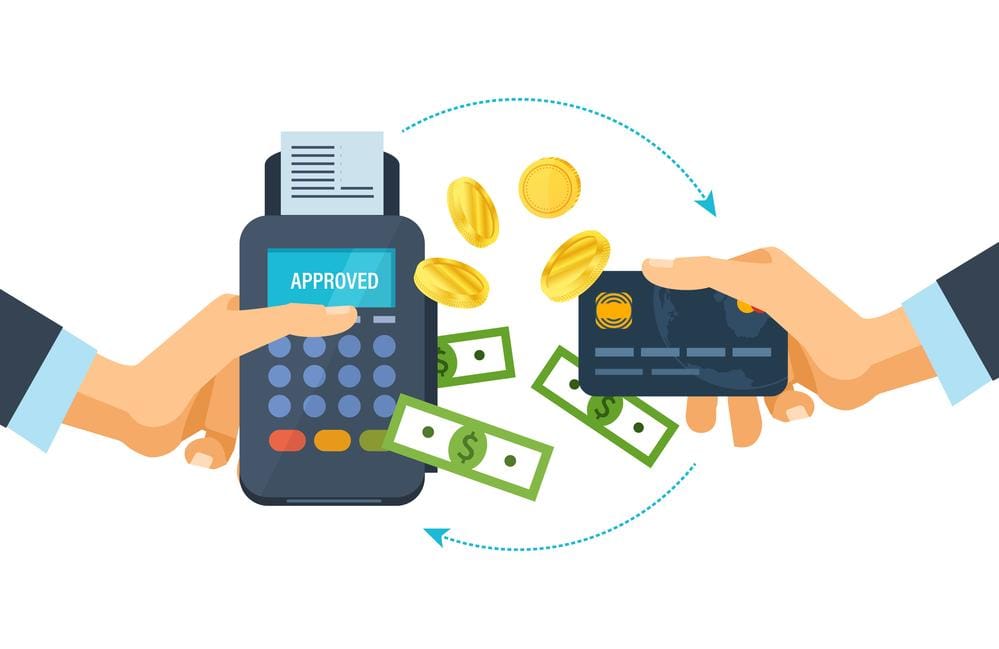
Navigating Payment Processing and Shipping Solutions
When venturing into the eCommerce landscape, understanding various payment processing options is crucial for success.It’s essential to choose a solution that not only facilitates smooth transactions but also meets customer preferences. Popular platforms like PayPal, Stripe, and Square offer comprehensive services, allowing businesses to accept credit cards, debit cards, and even cryptocurrencies. Consider integrating multiple payment methods to enhance user experience and minimize cart abandonment.
Shipping logistics play a pivotal role in the customer satisfaction equation. Efficiently managing shipping options helps ensure that products reach buyers promptly and securely. Establish partnerships with reliable shipping carriers such as FedEx, UPS, or DHL. Evaluate their services based on delivery speed, cost, and geographical coverage. Offering various shipping choices—like standard, expedited, and international options—can cater to diverse consumer needs.
| Shipping Carrier | Delivery Speed | Cost Estimate |
|---|---|---|
| FedEx | 1-3 Days | $5 – $20 |
| UPS | 2-5 Days | $7 – $25 |
| DHL | 3-7 Days | $8 – $30 |
Ultimately, selecting the right mix of payment and shipping solutions can significantly enhance the shopping experience, fostering loyalty and repeat business. Be sure to regularly review performance metrics to adapt to customer expectations and trends. Testing various options and collecting feedback will assist in refining your approach, ensuring your eCommerce venture thrives in a competitive marketplace.

Marketing Your Online Business: Strategies for Growth and Engagement
To effectively market your online business, it’s essential to craft a multi-faceted strategy that targets various customer touchpoints. Focus on building a strong online presence through elements like a user-friendly website and engaging social media channels.Here are some approaches to consider:
- Content Marketing: Provide valuable and informative content, such as blog posts, how-to guides, and product reviews to establish credibility and attract traffic.
- Email Campaigns: Build a mailing list and communicate regularly with personalized offers, updates, and insights tailored to your audience’s interests.
- SEO Optimization: Ensure your website is optimized for search engines to increase visibility and drive organic traffic.
Engagement goes hand-in-hand with growth; fostering a meaningful connection with your audience is key. Here are some engagement techniques you can implement:
- Social Media Interaction: Actively respond to comments, messages, and mentions to create a sense of community around your brand.
- Customer Feedback: Use polls, surveys, and reviews to gather customer insights, allowing them to feel heard and valued.
- Exclusive Offers: Reward loyal customers with promotions, discounts, or early access to new products, enhancing their connection to your business.
Utilizing data analytics tools can further support your marketing strategies by offering insights into user behavior and preferences. Consider implementing the following key metrics:
| Metric | Description |
|---|---|
| Website Traffic | Monitor the number of visitors to your site to identify trends and popular content. |
| Conversion Rate | Track how many visitors are making purchases to measure the effectiveness of your sales tactics. |
| Customer Retention Rate | Evaluate how well you retain customers over time to assess loyalty and satisfaction levels. |
Q&A
Q&A: Ecommerce Development: How to Start Selling Online
Q: What is ecommerce development,and why is it crucial for online selling?
A: Ecommerce development refers to the technical and strategic processes involved in creating an online store. This includes everything from designing the website and shopping cart system to managing inventory and ensuring secure payment processing. It’s crucial as a well-developed ecommerce site enhances user experience, builds customer trust, and ultimately drives sales.
Q: What are the first steps I should take to start selling online?
A: Begin by defining your business niche and target audience. Research what products or services you want to sell and assess the market demand. Next, choose a suitable ecommerce platform (like Shopify, WooCommerce, or Magento) that aligns with your goals. After that, plan your business model, whether it’s dropshipping, digital products, or manufacturing. develop a robust marketing strategy to attract customers.
Q: Do I need technical skills to start an ecommerce business?
A: While having technical skills can be beneficial, it’s not a requirement. Many ecommerce platforms offer user-friendly interfaces that simplify the process of setting up an online store. If you’re not cozy with technology, consider hiring a developer or taking advantage of available online resources and tutorials.
Q: How do I choose the right ecommerce platform for my business?
A: Evaluate your needs based on factors like ease of use,scalability,payment options,customization capabilities,and customer support. Popular platforms like Shopify are great for beginners due to their simplicity, whereas platforms like WooCommerce offer more freedom for those with development knowledge. Consider your budget and future growth potential as well.
Q: What payment options should I offer to my customers?
A: Offer a variety of payment options to cater to different customer preferences.Common options include credit/debit cards, PayPal, digital wallets (like Apple Pay or Google Pay), and even cryptocurrency. Ensure that your platform is PCI compliant to protect customer data during transactions.
Q: How important is website design in ecommerce development?
A: Website design plays a pivotal role in ecommerce success. A visually appealing, easy-to-navigate site instills trust and encourages visitors to make a purchase. Invest in a responsive design that looks good on both desktop and mobile devices, and make sure key elements like product images, descriptions, and calls to action are prominently placed.
Q: What is search engine optimization (SEO), and how does it impact my ecommerce site?
A: SEO involves optimizing your website to improve its visibility on search engines like Google.It’s vital for driving organic traffic to your online store, which can lead to more sales.Implementing effective SEO strategies—including keyword research, high-quality content, and proper site structure—can significantly enhance your site’s performance in search results.
Q: How can I effectively market my ecommerce business?
A: Utilize a mix of marketing strategies, including social media marketing, email campaigns, content marketing, and pay-per-click advertising. Engaging with your audience on platforms like Instagram and Facebook can boost brand awareness. Additionally, investing in SEO and creating valuable content helps attract potential customers to your site.
Q: What are some key metrics I should track as part of my ecommerce business?
A: Focus on key performance indicators (KPIs) such as conversion rates, average order value, customer acquisition cost, cart abandonment rate, and overall sales revenue. Regularly analyzing these metrics provides insight into your business’s performance and helps you make informed decisions for improvement.Q: What are the common pitfalls to avoid in ecommerce development?
A: Avoid underestimating the importance of customer service; poor customer experience can harm your reputation. Don’t neglect mobile optimization, as many customers shop via mobile devices.ensure your site is secure—implement SSL certificates and robust security measures to protect customer data.
Q: How can I keep my customers coming back?
A: Building customer loyalty requires great service, consistent communication, and rewards programs. Engage with your customers through follow-up emails, generate loyalty schemes, and gather feedback to continually improve your offerings. Personalizing their shopping experience and providing exceptional service can foster lasting relationships.
With this Q&A, you’re equipped with fundamental insights to embark on your ecommerce journey, transforming your ideas into an online reality. Happy selling!
To Wrap It Up
As we draw the curtain on our journey through the vast landscape of eCommerce development, it’s clear that the digital marketplace offers an exciting frontier for aspiring entrepreneurs. From understanding the fundamental components of a successful online store to navigating the intricacies of customer engagement, the path to selling online is brimming with potential.Embracing the eCommerce model is not merely a trend; it’s a change in how business is conducted in the modern world.With the right strategies, tools, and mindset, anyone can become a part of this dynamic ecosystem. Just remember, every great online venture starts with a single step—armed with knowledge and a vision.
As you prepare to launch your eCommerce venture, keep innovation and adaptability at the forefront of your strategy. The digital marketplace is always evolving, and those who stay curious and responsive will not only survive but thrive. So, roll up your sleeves, tap into your creativity, and take that leap into the world of online selling. The possibilities are endless, and your success story is waiting to be written. Happy selling!

